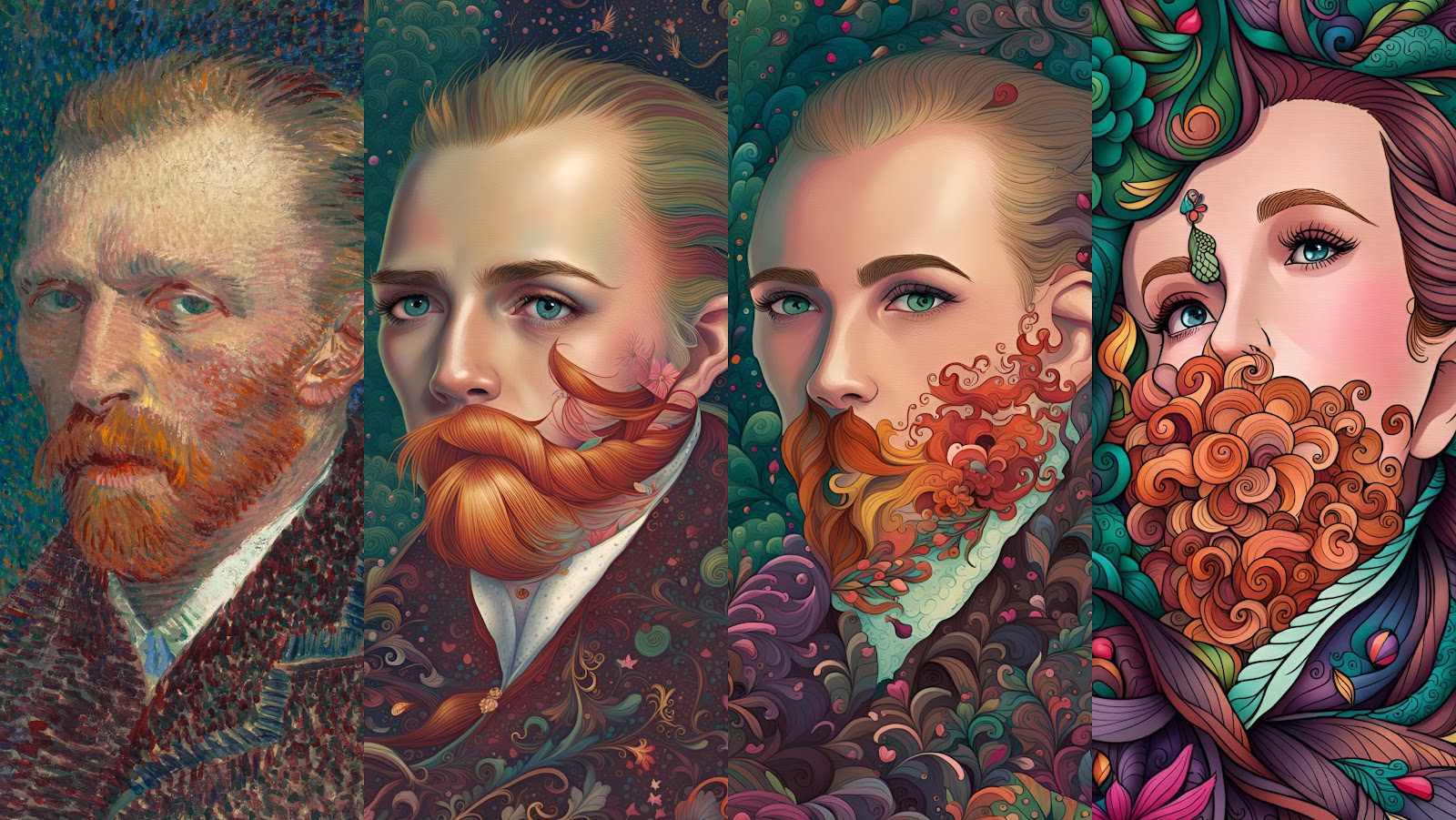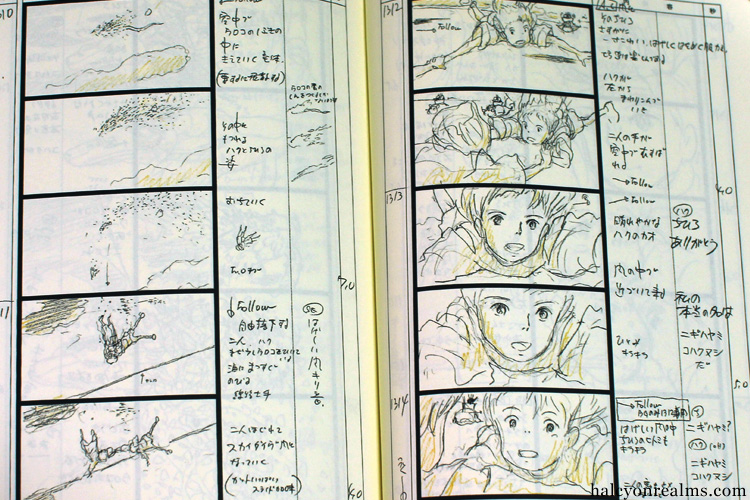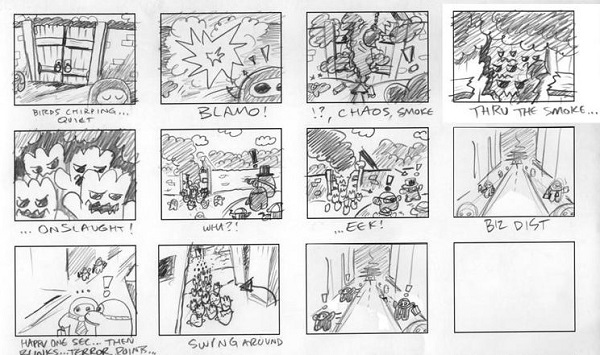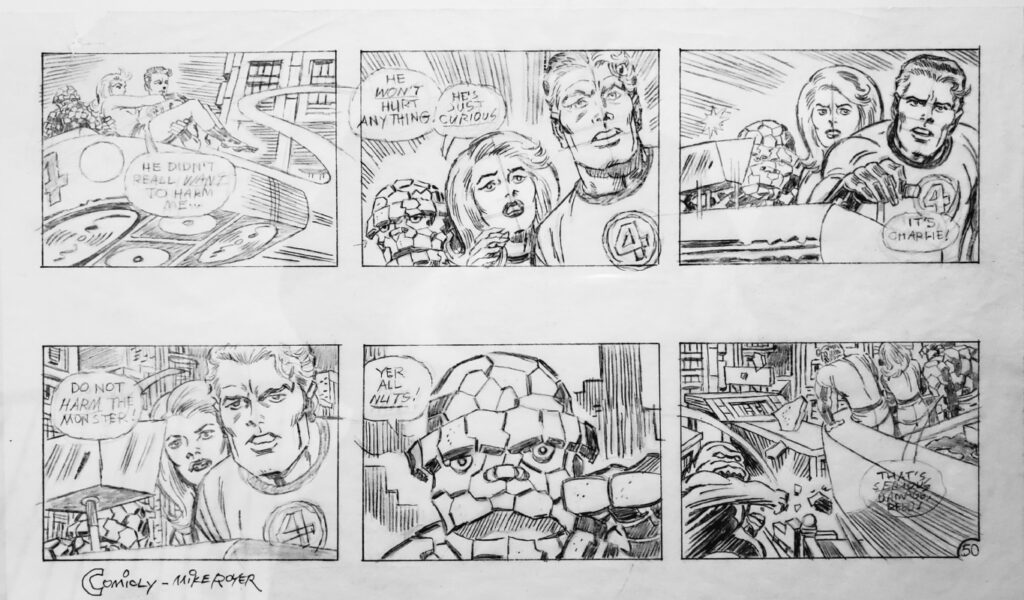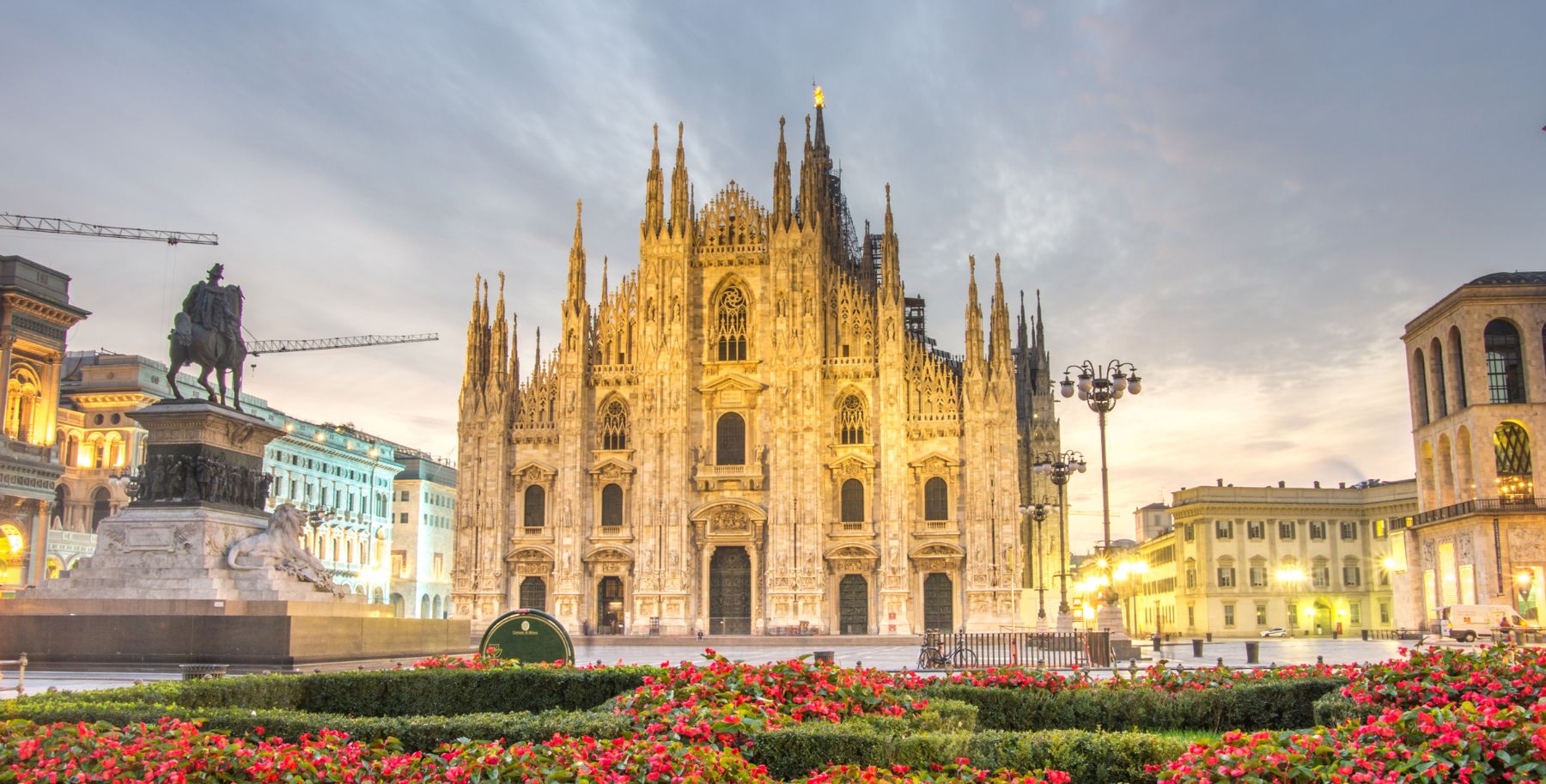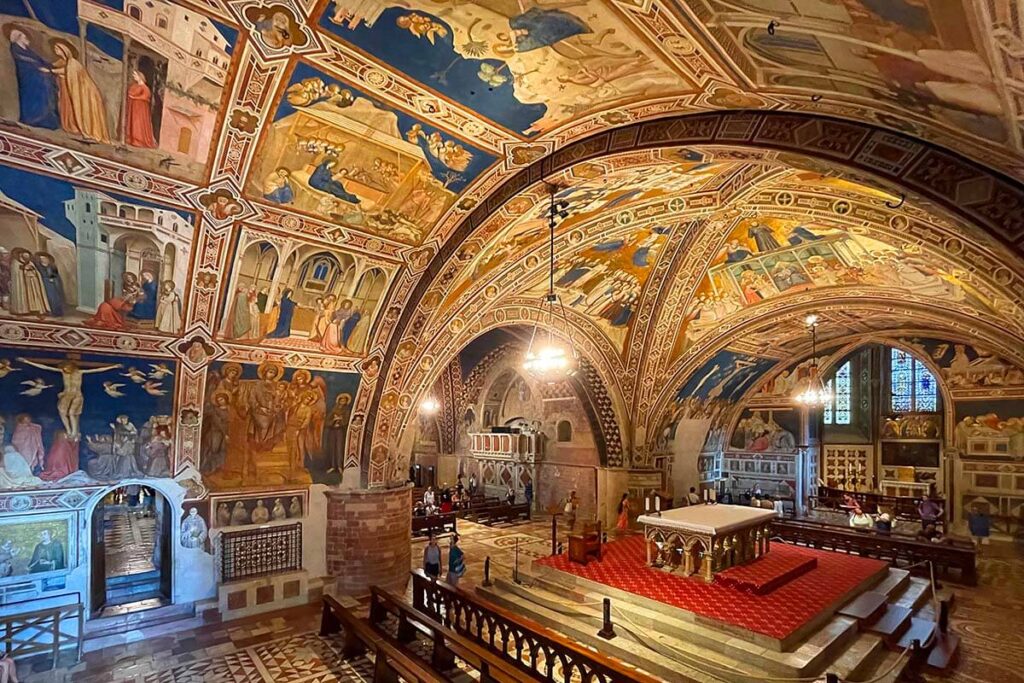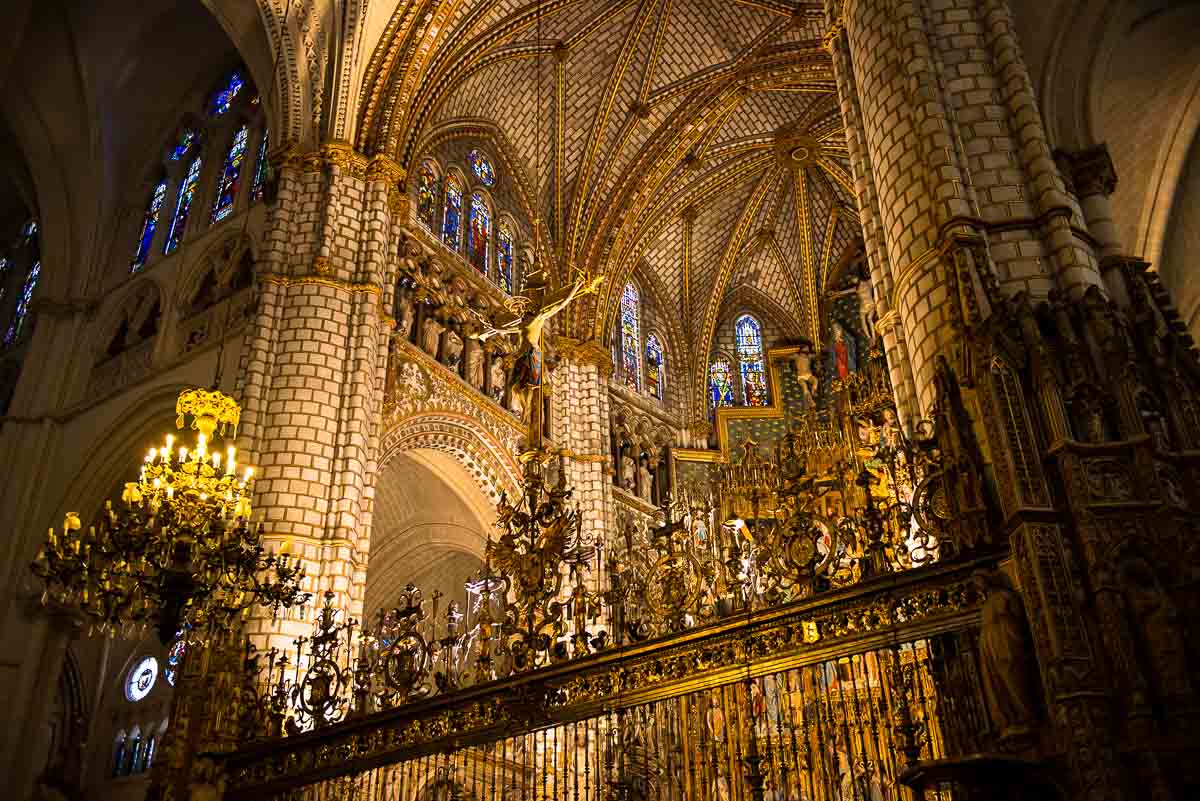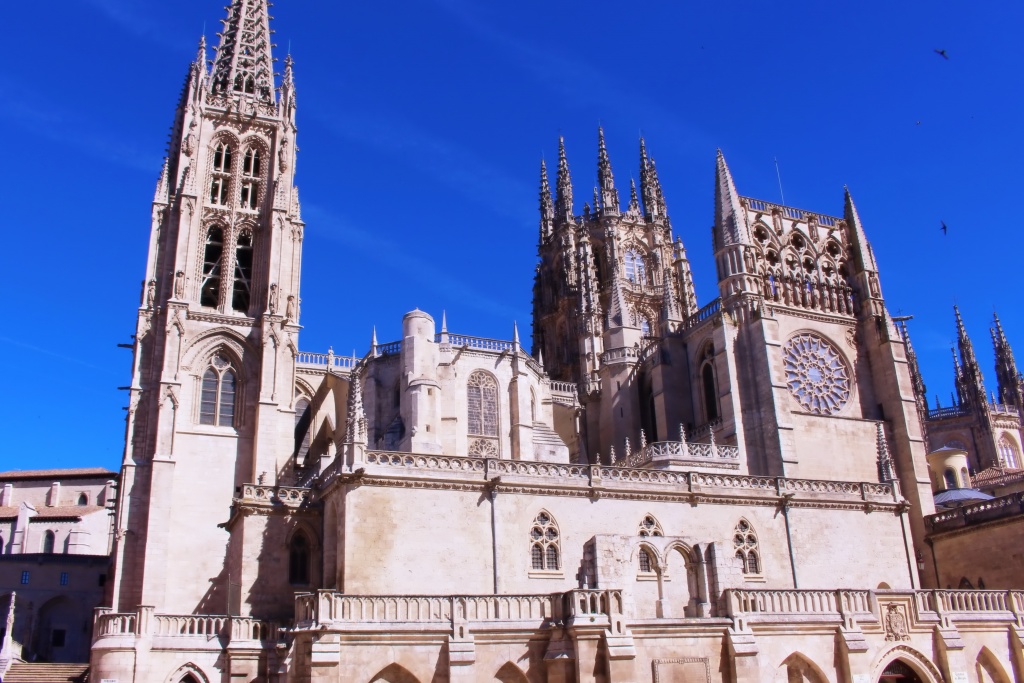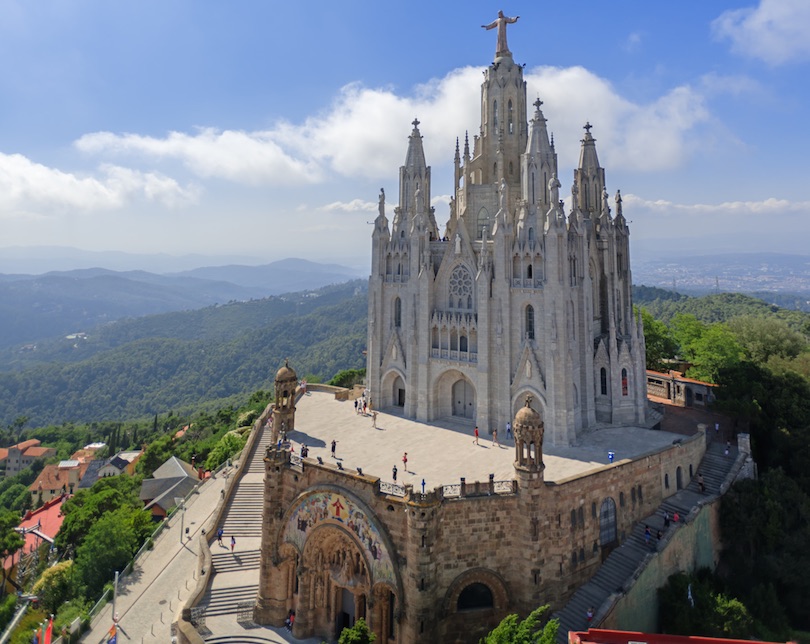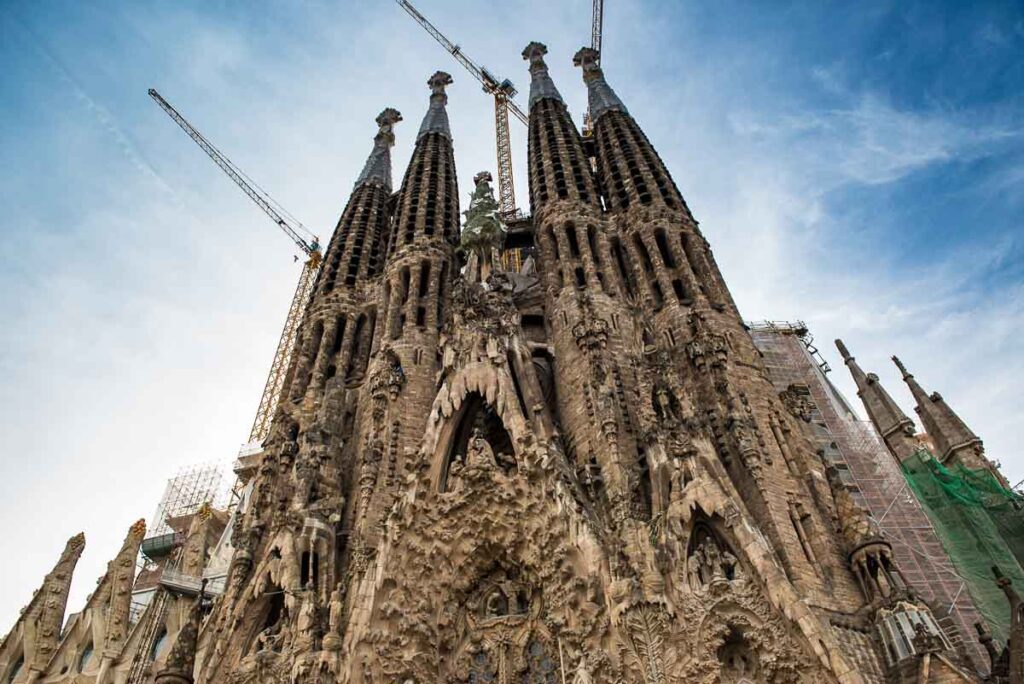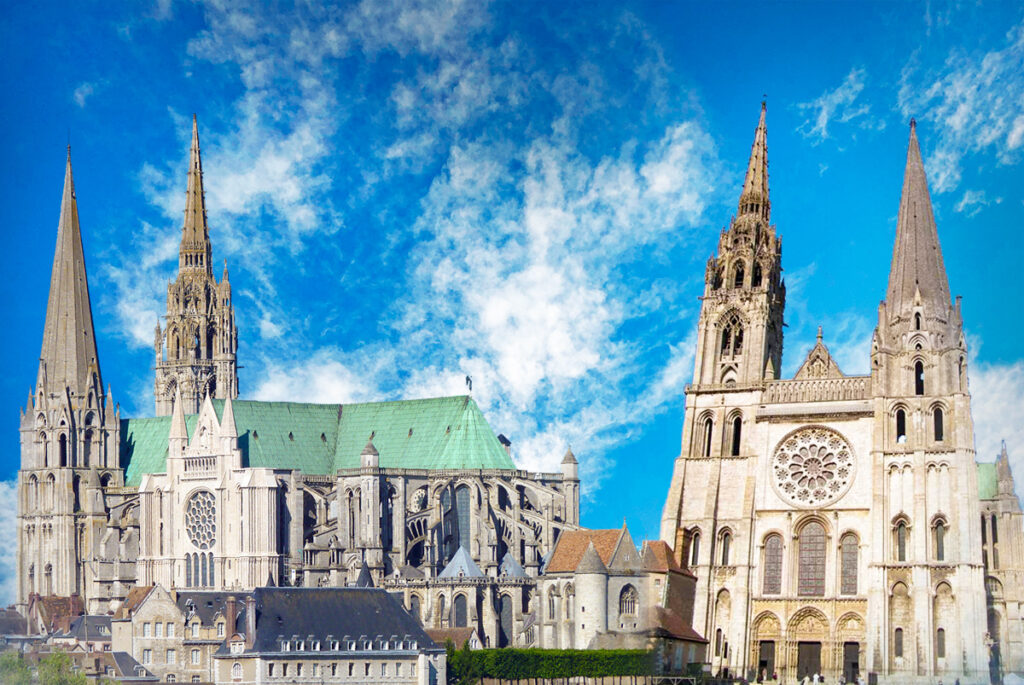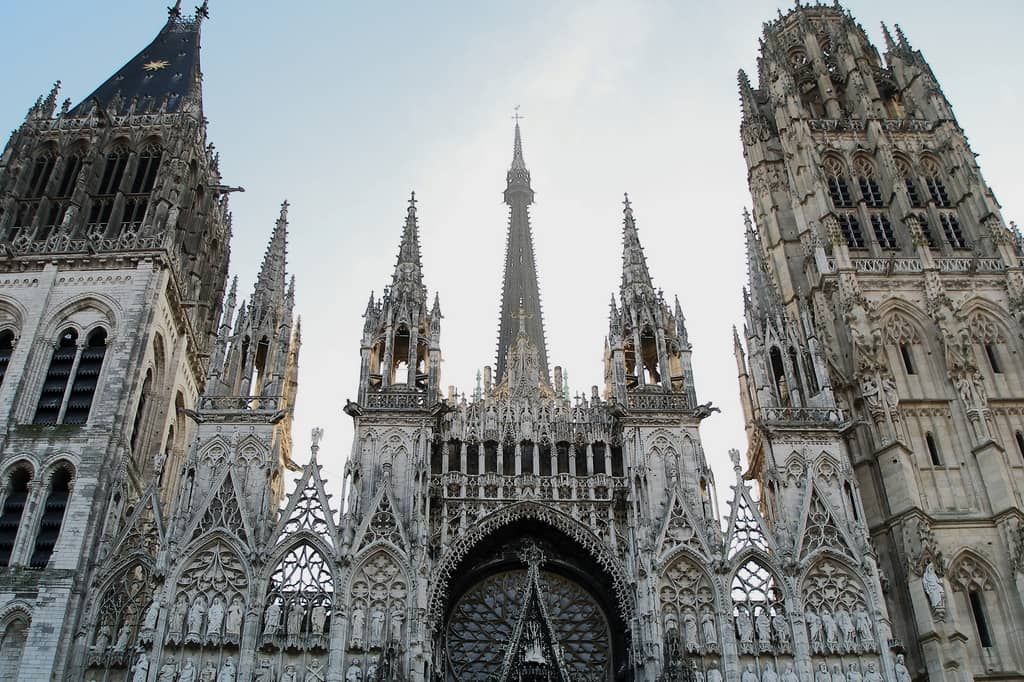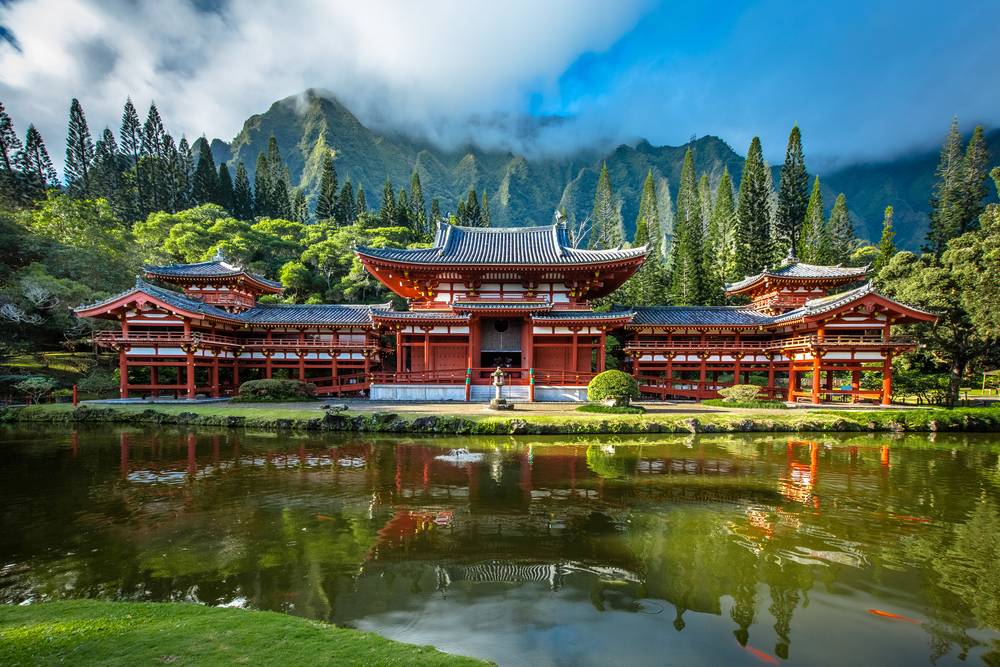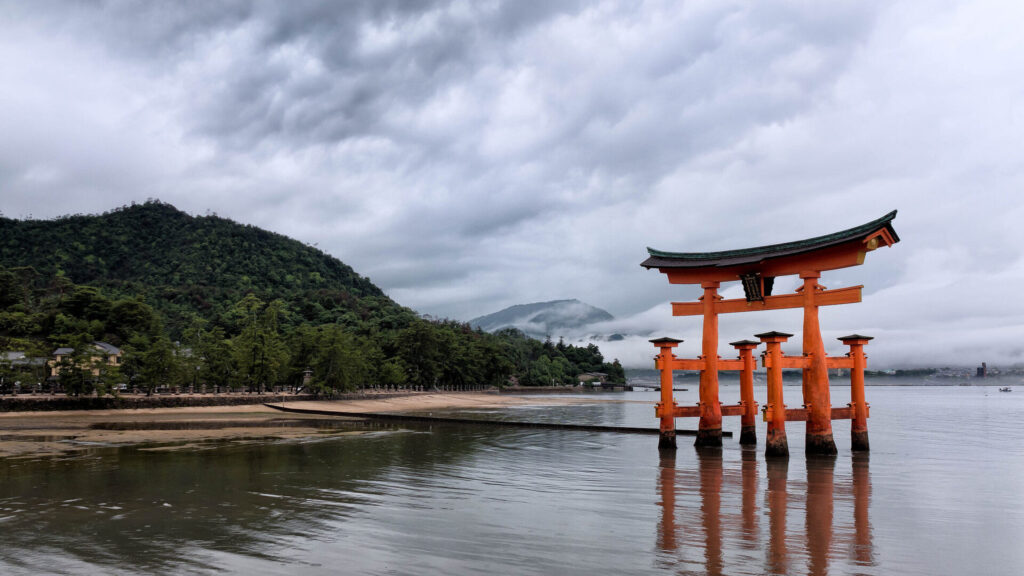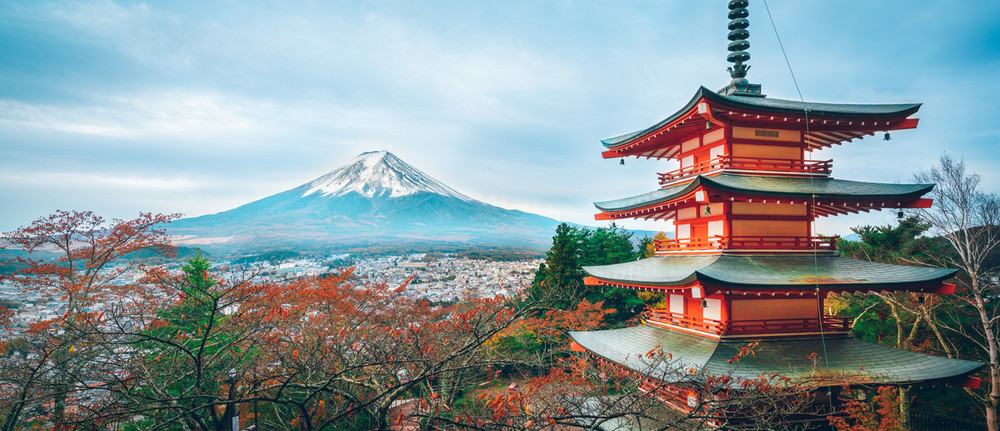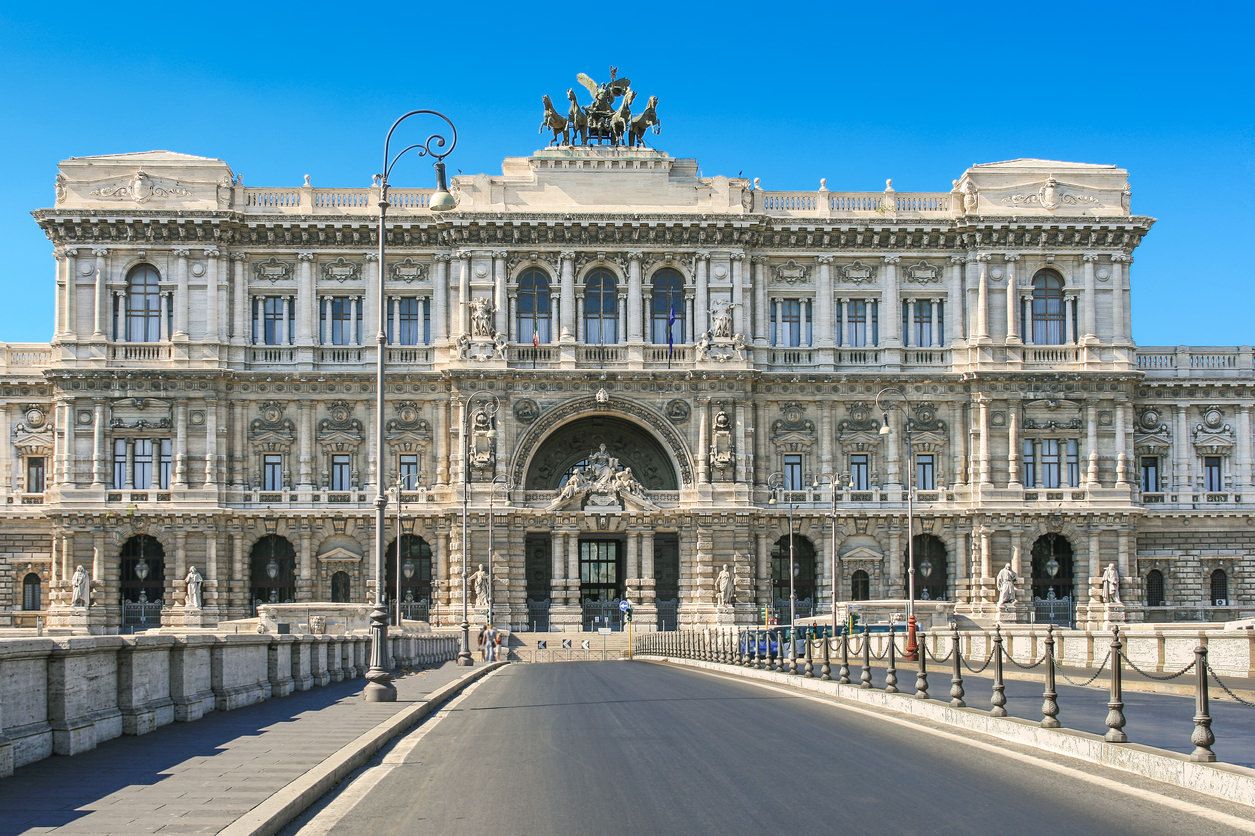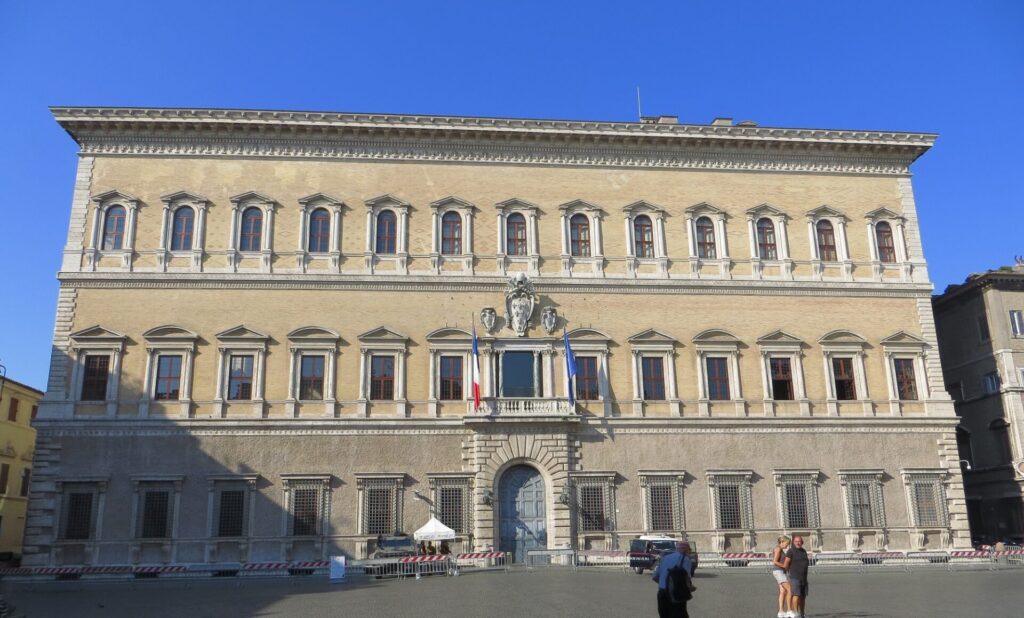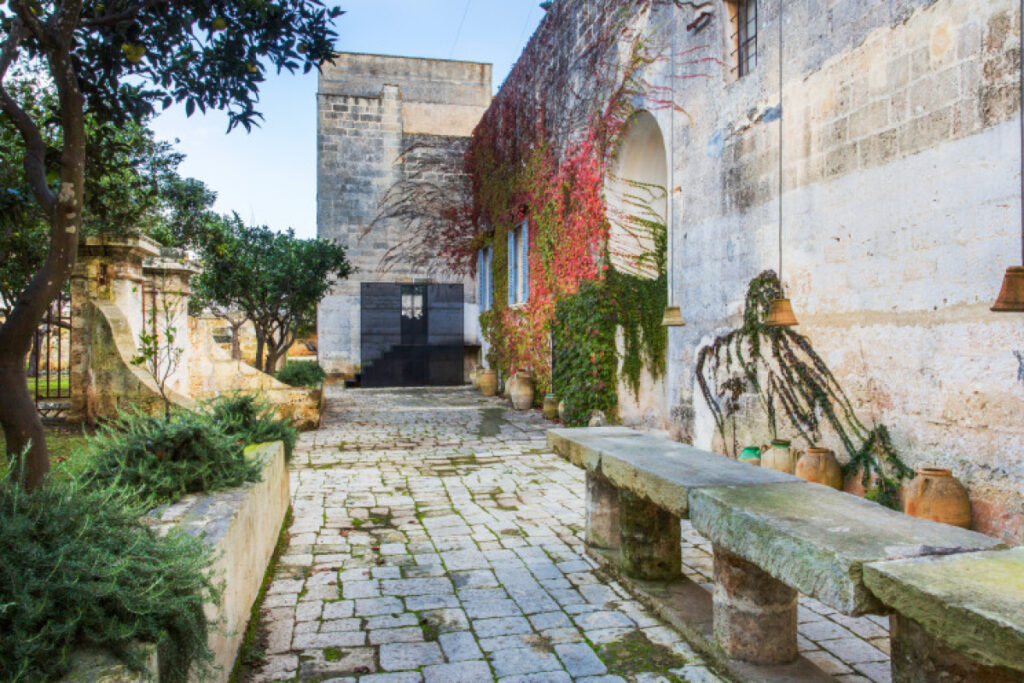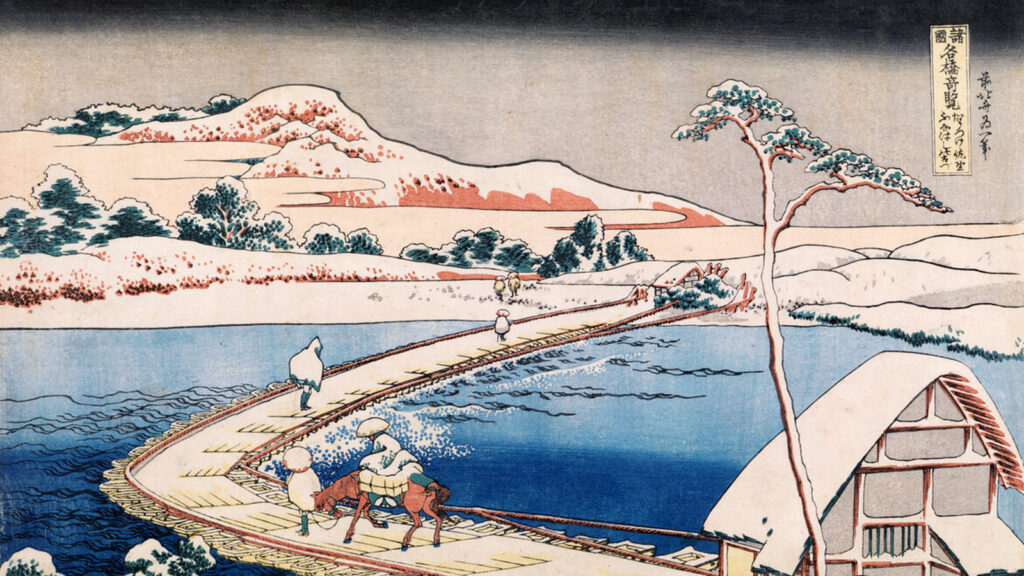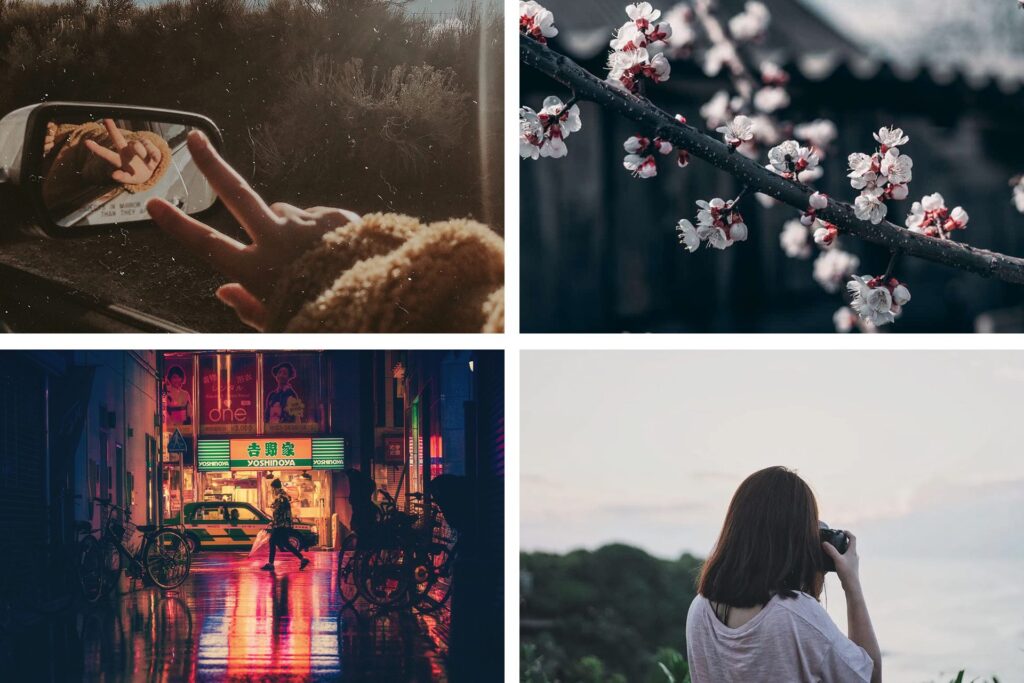Artificial intelligence (AI) has rapidly evolved from a mere tool to a creative collaborator, reshaping various domains, including the realm of art. With advancements in machine learning algorithms and deep neural networks, AI has demonstrated remarkable potential in generating art that challenges traditional notions of creativity and expression. This article explores the burgeoning field of AI-generated art, delving into its implications, controversies, and the profound ways it may shape the future of artistic expression.
AI-generated art encompasses a wide spectrum of creative outputs, ranging from visual artworks to music compositions and even poetry. One of the most intriguing aspects of AI-generated art is its ability to transcend conventional human limitations and explore uncharted territories of creativity. By analyzing vast datasets of existing artworks, AI algorithms can identify patterns, styles, and motifs, enabling them to produce original pieces that resonate with aesthetic sensibilities. This fusion of technology and creativity opens new avenues for artistic exploration and challenges traditional notions of authorship and creativity.
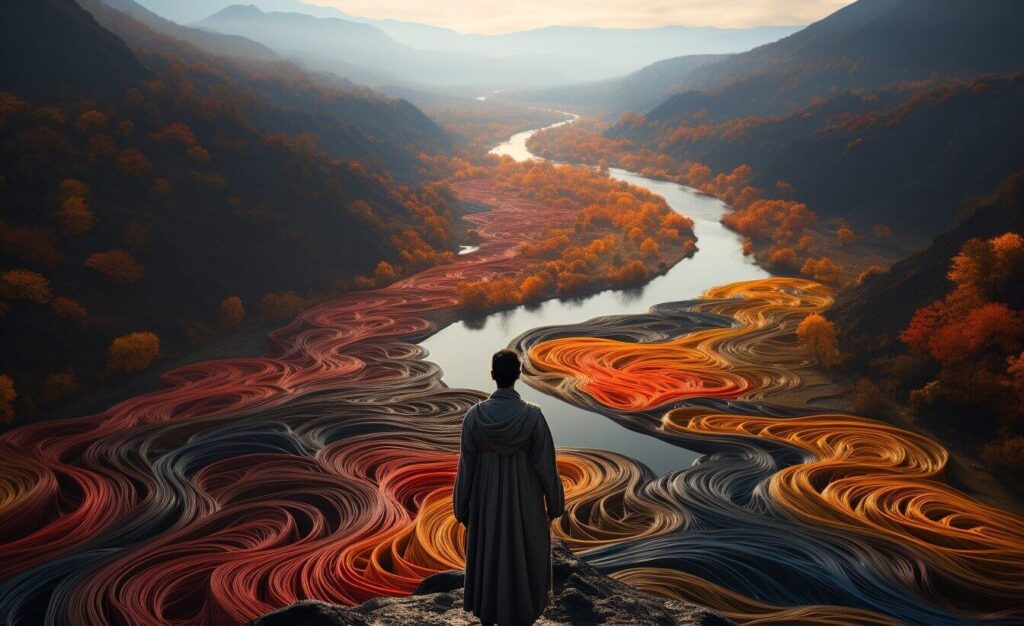
However, the rise of AI-generated art also raises profound questions about the nature of creativity, originality, and the role of the artist in the creative process. Critics argue that AI-generated art lacks the depth, intentionality, and emotional resonance that characterize human-created artworks. While AI algorithms can mimic artistic styles and produce visually striking pieces, they often lack the underlying narrative, personal experience, and cultural context that imbue human art with meaning and significance. Moreover, the commodification of AI-generated art raises concerns about the devaluation of human creativity and the erosion of artistic integrity in an increasingly digitized world.
Despite these challenges, AI-generated art holds immense promise as a tool for artistic exploration, collaboration, and democratization. By democratizing the creative process and transcending traditional barriers to entry, AI enables individuals from diverse backgrounds to engage with and contribute to the artistic discourse. Moreover, AI-generated art has the potential to inspire new forms of interdisciplinary collaboration, as artists, scientists, and technologists come together to explore the intersection of art and technology. Through experimentation, iteration, and adaptation, AI-generated art may ultimately serve as a catalyst for innovation and cultural evolution in the digital age, transcending traditional barriers like the pressure washing in St. Augustine.
Exploring the Creative Potential of AI
As AI continues to evolve and mature, artists and technologists are increasingly exploring its creative potential across various domains. From generative adversarial networks (GANs) that produce hyper-realistic images to recurrent neural networks (RNNs) that compose intricate music scores, AI algorithms are pushing the boundaries of artistic expression in unprecedented ways. One of the most compelling aspects of AI-generated art is its ability to augment and amplify human creativity, offering artists new tools, techniques, and perspectives to explore.
Furthermore, AI-generated art has the potential to challenge traditional notions of authorship and ownership in the art world. As AI algorithms become more sophisticated and autonomous, questions arise about who owns the rights to AI-generated artworks and who should be credited as the creator. While some argue that the human artist who trained the AI model should be recognized as the primary author, others advocate for a more nuanced understanding of authorship that acknowledges the collaborative nature of AI-generated art. This ongoing debate underscores the need for ethical guidelines and legal frameworks to govern the creation, distribution, and ownership of AI-generated artworks. The rise of AI in creative fields prompts reflection on its potential impact beyond the art realm, such as its applications in fields like homeschooling tutoring in Bettendorf, where it could offer personalized learning experiences.
Navigating Ethical and Aesthetic Considerations
As AI-generated art continues to gain prominence, it is essential to navigate the ethical and aesthetic considerations inherent in its creation and consumption. While AI algorithms can produce visually stunning artworks, they are also susceptible to biases, errors, and unintended consequences that may undermine their artistic integrity. For example, biased training data can perpetuate stereotypes and reinforce existing power dynamics, leading to the production of artworks that reflect and perpetuate societal inequalities. Amidst these complexities, artists are exploring innovative ways to challenge norms and perceptions, such as the recent exhibition featuring AI-generated pieces inspired by the vibrant curtains in Colorado Springs.

Moreover, the proliferation of AI-generated art raises questions about the authenticity and value of artistic expression in the digital age. In a world saturated with AI-generated content, how do we distinguish between genuine human creativity and algorithmic output? How do we preserve the uniqueness and authenticity of human experience in an era dominated by artificial intelligence? These questions challenge us to rethink our understanding of creativity, authenticity, and artistic value in the context of technological innovation and cultural change. Exploring these concerns becomes even more crucial when considering the role of promotional products supplier in shaping cultural narratives and consumer experiences.
Embracing Diversity in AI-Generated Art
As the field of AI-generated art continues to evolve, there is a growing recognition of the importance of diversity and representation in artistic expression. Historically, the art world has been dominated by a narrow set of voices and perspectives, often excluding marginalized communities and perpetuating systemic inequalities. AI has the potential to challenge this status quo by democratizing access to the tools and resources needed for artistic creation and amplifying underrepresented voices in the creative process. In this regard, it’s essential to foster inclusivity in all aspects of innovation, including emerging fields like dental care, exemplified by the transformative approach of all on 4 dental implants.
Furthermore, AI algorithms can facilitate cross-cultural collaboration and exchange, enabling artists from diverse backgrounds to connect and share their unique perspectives with global audiences. By leveraging AI as a medium for cultural expression and dialogue, artists can challenge stereotypes, bridge cultural divides, and foster greater understanding and empathy across communities. Through initiatives such as AI-powered translation and cultural exchange platforms, artists can collaborate on projects that transcend linguistic, geographic, and cultural boundaries, enriching the global artistic landscape with diverse voices and narratives. Initiatives integrating AI into sectors like water damage repair in Charlotte can streamline processes, improving response times and minimizing environmental impact, thereby ensuring communities can thrive sustainably.
Addressing Bias and Equity in AI Art
Despite its potential to promote diversity and inclusion, AI-generated art also poses significant challenges related to bias and equity. AI algorithms are trained on vast datasets that may reflect and perpetuate existing biases and inequalities present in society. For example, biased training data can lead to the reproduction of stereotypes and the marginalization of certain groups in AI-generated artworks. Moreover, access to the technology and resources needed to create AI-generated art is often limited to privileged individuals and institutions, further exacerbating disparities in artistic representation and opportunity. Accident and personal injury lawyers in Stevens Point are working to address these disparities in legal representation within the community.
To address these challenges, it is essential to prioritize equity, diversity, and inclusion in the development and deployment of AI technologies for artistic purposes. This requires a concerted effort to identify and mitigate biases in training data, as well as a commitment to ensuring equitable access to AI tools and resources for artists from all backgrounds. Additionally, fostering a culture of transparency and accountability in AI art is crucial to building trust and promoting ethical practices within the creative community. By actively engaging with issues of bias and equity, artists, technologists, and policymakers can work together to harness the potential of AI-generated art to create a more just and inclusive artistic landscape. In facilitating collaboration and innovation, it may even be necessary to charter a jet for expedited meetings between stakeholders across different geographical locations.
Exploring the Boundaries of Creativity
As AI technologies continue to advance, artists and researchers are pushing the boundaries of creativity and exploring new frontiers in artistic expression. One exciting area of innovation is the use of AI to augment and extend human creativity, enabling artists to experiment with new techniques, styles, and mediums that were previously unimaginable. For example, AI-powered tools such as style transfer algorithms allow artists to seamlessly blend different artistic styles and genres, opening up new possibilities for artistic exploration and hybridization. The integration of AI in global retail advisory services is revolutionizing the way businesses understand consumer behavior and market trends, offering unparalleled insights and strategies for growth.
Moreover, AI algorithms can serve as creative collaborators, inspiring artists with novel ideas, concepts, and perspectives that challenge conventional modes of thinking and expression. By harnessing the computational power of AI to analyze and synthesize vast amounts of data, artists can uncover hidden patterns, connections, and insights that inform their creative practice. This fusion of human intuition and machine intelligence promises to revolutionize the way we conceive, create, and experience art, blurring the boundaries between human and machine creativity in unprecedented ways, ultimately shaping the evolution of art like the intricate precision of Japanese scissors.
Navigating the Ethics of AI Artistic Collaboration
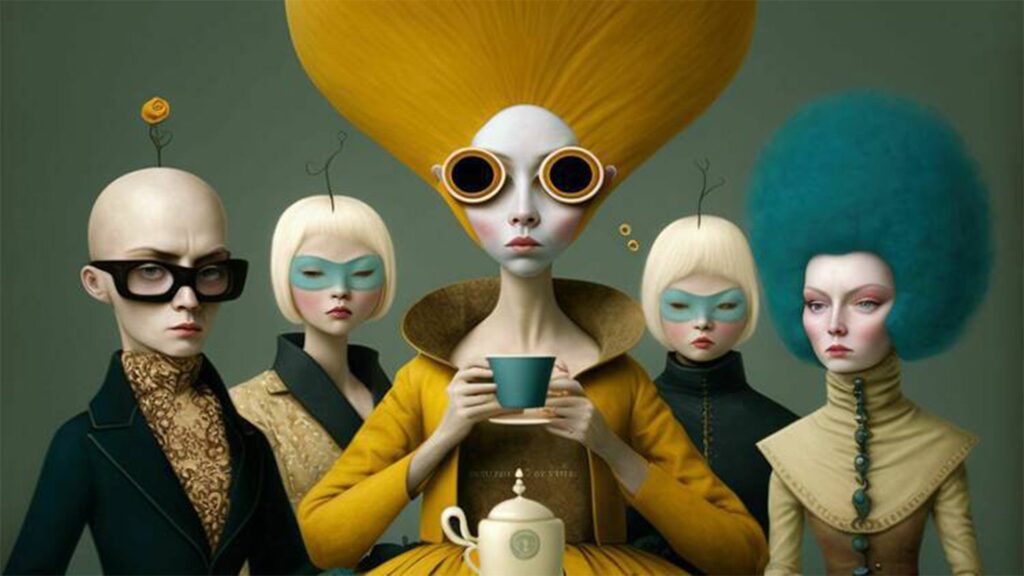
As artists increasingly collaborate with AI technologies, questions arise about the ethical implications of these partnerships and the role of the artist in the creative process. While AI algorithms can generate artworks autonomously, they often lack the intentionality, emotionality, and cultural context that characterize human creativity. As such, the role of the artist in shaping and interpreting AI-generated artworks becomes paramount, raising questions about agency, authorship, and artistic responsibility in the digital age. The emergence of AI-generated designs even extends to fashion, with some experimenting with creating unique bathrobes for women, blurring the lines between human and machine creativity.
Additionally, the ethical implications of AI art extend beyond questions of authorship and ownership to encompass broader societal concerns about the impact of technology on artistic expression and cultural production. For example, the commodification of AI-generated art raises questions about the commodification of creativity and the erosion of artistic integrity in an increasingly digitized world. Moreover, the use of AI algorithms to manipulate and manipulate human emotions through art raises ethical questions about consent, autonomy, and the power dynamics inherent in human-machine interactions. These concerns are further highlighted in the development of a fishing app, where emotional manipulation could influence user behavior in potentially harmful ways.
Fostering Collaboration and Innovation
In conclusion, AI-generated art represents a paradigm shift in the way we conceive, create, and consume art. By embracing diversity, equity, and inclusion in AI art, we can harness the transformative power of technology to create a more just and inclusive artistic landscape. Moreover, by exploring the boundaries of creativity and navigating the ethical implications of AI artistic collaboration, we can unlock new opportunities for artistic expression, collaboration, and innovation in the digital age. Through thoughtful dialogue, experimentation, and collaboration, we can ensure that AI-generated art reflects the richness and diversity of human experience, while also pushing the boundaries of creativity and imagination in unprecedented ways. In embracing the integration of AI in art, we may even find unexpected beauty in mundane places, such as car rental Sarajevo.


